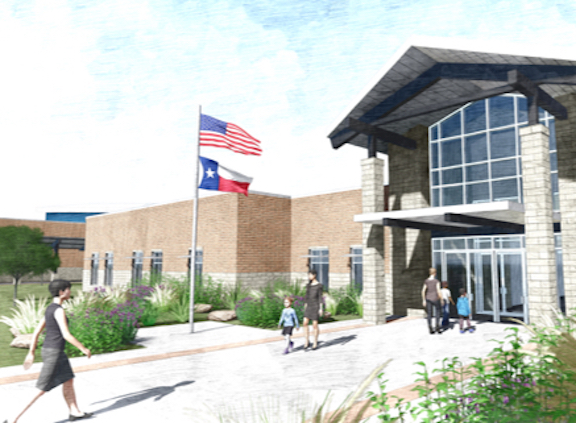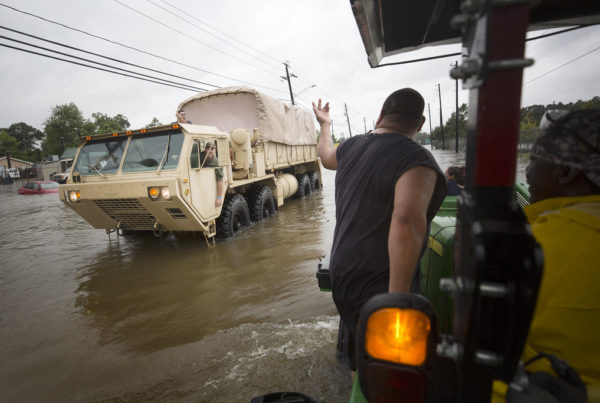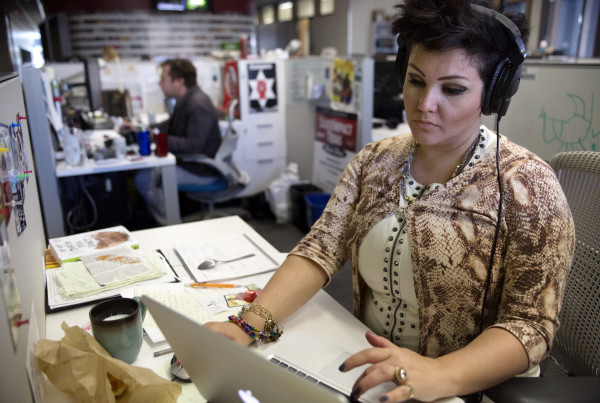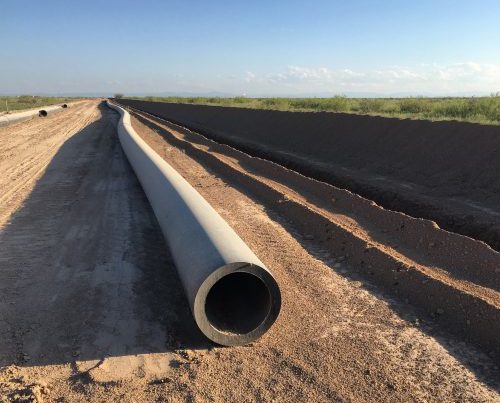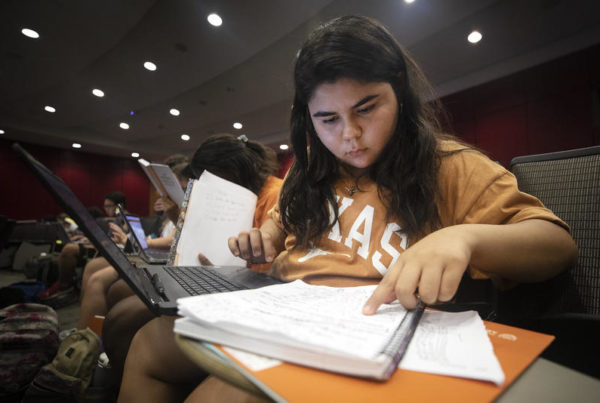Wimberley Independent School District in Central Texas is moving forward with the construction of a new environmentally friendly school. The project focuses on the conservation of water.
According to the U.S. Drought Monitor map released Thursday, most of Texas is completely drought-free. That’s a stark change from where the state was this time last year, let alone the extreme drought conditions of years past. But even as drought pressure has abated, water remains both a valuable and scarce resource in Texas, making it significant that this Hill Country elementary school is being constructed as the most water-efficient in the state.
Nick Dornak is the director of Watershed Services at Texas State University’s Meadows Center. He says the school will be the first “one water” school in the state, incorporating water and wastewater treatment directly into the building.
“We don’t need treated water for all of the ways we use water,” Dornak says. “What we’re trying to do is find the right water for the right use and what this school does is take advantage of all the things we’ve learned about water conservation and water quality protection and puts it all into one complete package.”
Dornak says the school will collect rainwater and use it for toilets, air conditioning and even irrigation for an athletic field. He says efforts like these are important to offset the growing demand for water in the Hill Country.
“We’re having huge population growth here because of the beautiful natural resources that we have,” Dornak says. “The springs and rivers are the draw, and they are what makes this area unique. We have to try to protect those [resources] without going to austerity measures on development and growth.”
Aside from saving attractions like Cypress Creek, Jacob’s Well and Blue Hole, Dornak says the school will also be saving money.
“Because we are capturing so much of the water that will fall on site and is created on site, we’re not going to have to pay water supply fees for the next 30 or 50 years,” Dornak says. “Because we’re treating it on site and reusing it, we’re not going to have to pay wastewater fees for it to be treated and disposed.”
Dornak anticipates the school saving more than $1 million over its lifespan, but he says the project may take on more responsibility in the face of climate change.
“The expectation is that we’re going to see more drought,” Dornak says. “We’re going to have to deal with these fluctuations in weather patterns, so building resiliency and sustainability into our construction projects and community structure is so important.”
Written by Hayden Baggett.


